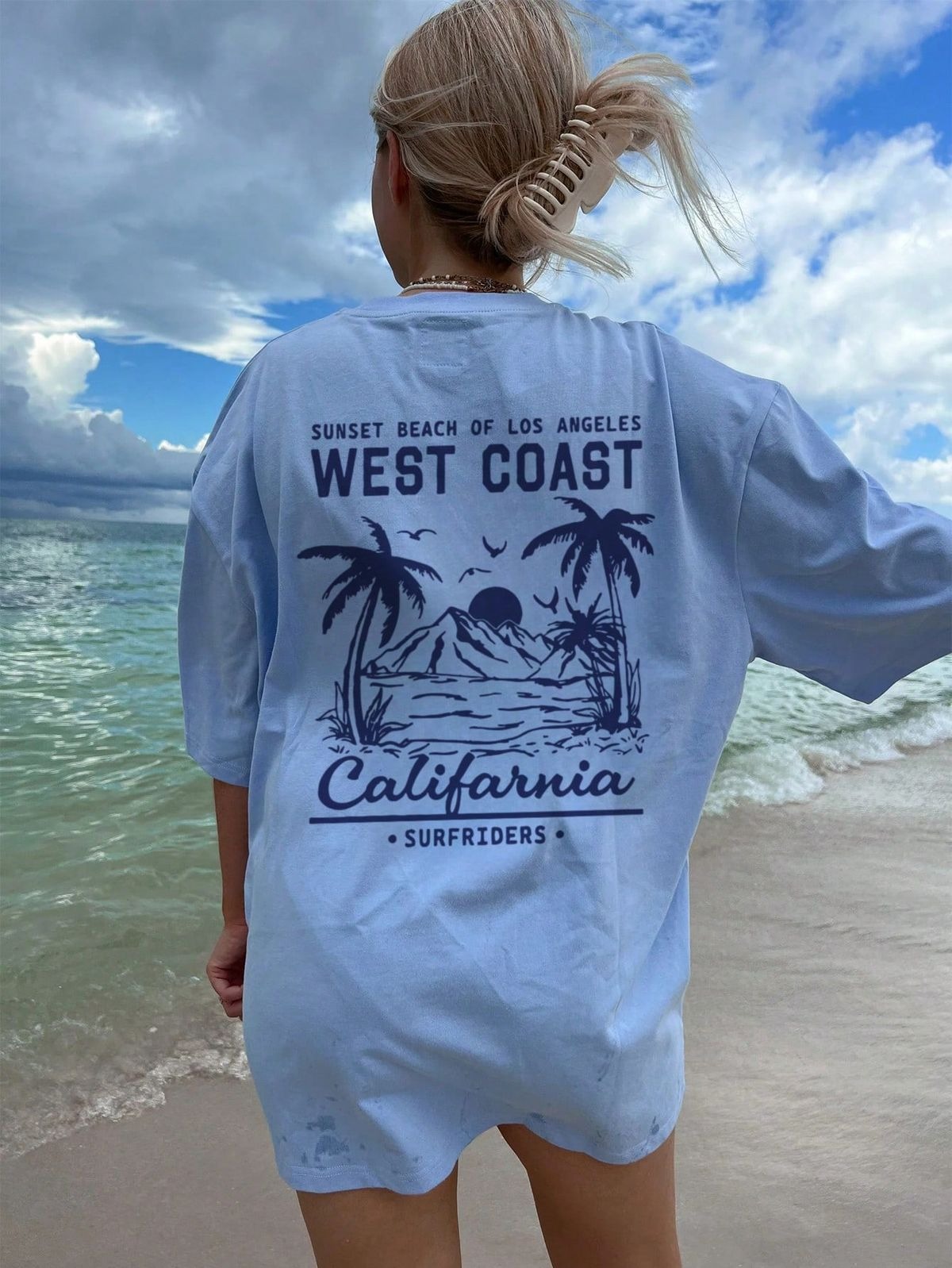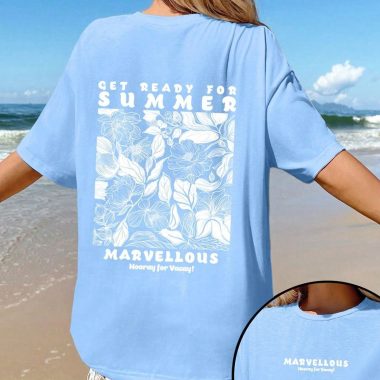Threads of Humanity: How Fashion Chronicles the Past, Defines the Present, and Shapes the Future
Fashion is one of the oldest and most persistent forms of human expression. Long before writing systems, economic institutions, or nation-states, people were already adorning their bodies with animal skins, woven fibers, and decorative items crafted from bone, shells, and stone. What began as a means of protection and modesty quickly evolved into a sophisticated language of identity, status, belief, and aspiration. From the tribal to the futuristic, the royal to the rebellious, fashion has traversed every known culture and continent, growing into an intricate web that binds together art, economy, politics, gender, and technology. It is not only a daily practice but also a historical document, one that reveals how human beings have seen themselves, each other, and the worlds they inhabit. As we look deeply into the nature of fashion, we discover that it is much more than clothing—it is the fabric of civilization itself.
To understand the importance of fashion, we must first acknowledge its roots in both necessity and expression. In early human societies, the need for warmth, shelter, and protection from nature gave rise to the earliest garments. Animal skins were tied around the body, plants were braided into skirts and cloaks, and paint and jewelry adorned the skin to mark ritual or rank. But as soon as the basic needs of survival were met, these early humans began to differentiate their appearances, signaling their roles, tribes, or spiritual beliefs. Clothing began to evolve not only as protection, but as identity. In the absence of language, attire communicated origin, affiliation, gender, and purpose.
As agricultural civilizations formed and societies became more hierarchical, fashion became a visible sign of power. Kings and queens, priests and warriors, merchants and laborers all developed distinct styles of dress that reflected their status. In Ancient Egypt, gold jewelry and fine linen represented wealth and divinity. In Mesopotamia, woven wool tunics and ornate headdresses indicated one’s place in the social order. Ancient Indian and Chinese civilizations used silk, cotton, and embroidery to create garments filled with spiritual symbolism and aesthetic meaning. Across Africa, brightly patterned fabrics like kente, mud cloth, and barkcloth were dyed, woven, and worn to tell stories, celebrate births, honor ancestors, and prepare for battle.
With the expansion of empires and the emergence of trade routes, fashion began to circulate more freely across borders. The Silk Road and the Spice Route were not only conduits of goods but of ideas, styles, and aesthetics. Roman togas began to absorb Eastern fabrics. Chinese silks reached European courts. Islamic culture contributed flowing robes, turbans, and intricate patterns that influenced Byzantine, Moorish, and Mediterranean dress. The exchange of clothing became a reflection of economic prosperity and cultural curiosity, even as it sometimes masked deeper tensions of colonialism and cultural dominance. In this way, fashion became a tool of diplomacy, a symbol of imperial control, and a silent record of human interaction.
The Middle Ages brought a period of rigid class structures, where laws regulated fashion to maintain order. Sumptuary laws dictated what each class could wear, ensuring that the nobility, clergy, and commoners were immediately distinguishable. Color, fabric, and silhouette were not matters of personal taste, but of state control. Only the elite were allowed to wear silks, furs, or precious dyes like purple and crimson. Tailoring and garment structure also became more complex, leading to innovations in pattern-making and fabric manipulation. Though restrictive, this period also laid the groundwork for the fashion revolutions that would follow.
The Renaissance and Baroque eras witnessed an explosion of creativity in art and design, and fashion mirrored this transformation. Voluminous gowns, corsets, elaborate wigs, and ornate accessories defined the noble courts of Europe. Clothing became theatrical, designed not just for beauty but for spectacle. The body was sculpted, exaggerated, and constrained to conform to prevailing ideals. Men, too, wore elaborate doublets, capes, and ruffled collars, displaying status through color and embellishment. Fashion became a performative art, an expression of one’s education, worldliness, and refinement.
The eighteenth century brought enlightenment ideals that began to question aristocratic opulence and ushered in a more intellectual, rational approach to design. The French Revolution not only toppled a monarchy but redefined fashion as a democratic language. The powdered wigs, corsets, and heavy silks of the ancien régime were replaced by simpler, Greco-Roman-inspired silhouettes that evoked virtue, purity, and naturalism. In the newly industrialized world, fashion shifted from being the property of the elite to something increasingly available to the emerging middle classes. The printing press and the birth of fashion magazines allowed people to follow styles from afar, while new factories mass-produced clothing for urban populations.
The nineteenth century marked the emergence of fashion as a globalized, industrial force. With the sewing machine, textiles could be transformed into garments faster than ever before. The first department stores in Paris, London, and New York brought fashion into public retail spaces. Ready-to-wear clothing democratized style, though haute couture continued to flourish in the ateliers of designers like Worth, Poiret, and later, Chanel. The Victorian period, with its strict moral codes and elaborate mourning customs, used clothing to define womanhood, modesty, and grief. Crinolines, bustles, and high collars sculpted the female body into forms that reflected cultural ideals about femininity and domesticity.
In the twentieth century, fashion became not just a record of change but a force of change. World wars, economic depressions, and feminist movements all reshaped the silhouette and meaning of clothing. The flapper dresses of the 1920s rejected corsets and embraced freedom. The military styles of the 1940s symbolized strength and solidarity during times of conflict. The 1960s saw the explosion of color, mini skirts, and rebellion against the establishment. In the 1970s, fashion splintered into a kaleidoscope of subcultures—hippies, punks, glam rockers, and disco dancers—all using clothing as a form of resistance and liberation.
By the late twentieth and early twenty-first century, fashion was fully embedded in consumer culture. Brands became more powerful than designers. Logos became status symbols. Celebrities and supermodels replaced aristocrats as the new fashion royalty. Advertising and media turned fashion into a global language spoken through billboards, movies, music videos, and red carpets. As fashion capitalized on globalization, it also began to face the ethical consequences of overproduction, environmental degradation, and labor exploitation. Sweatshops in developing countries, textile waste, and the human cost of cheap garments began to darken the shine of fast fashion.
Yet even in the midst of crisis, fashion has remained resilient. In the digital age, fashion is no longer dictated from the top down. Bloggers, influencers, and ordinary people are shaping trends from the ground up. Social media platforms have decentralized style and turned fashion into a conversation. Designers from diverse backgrounds are reclaiming their cultural traditions, blending heritage with innovation. Indigenous textiles, African prints, Asian silhouettes, and Latin American embroidery are being celebrated, not stolen, by a new generation of ethical designers. Fashion shows are now livestreamed. Digital garments are being sold for avatars and social media personas. Sustainability, inclusivity, and transparency are no longer optional; they are expectations.
Fashion is increasingly seen as a political tool. The Black Lives Matter movement inspired collections that honored Black identity and history. Pride month has turned runways into celebrations of queer joy and resistance. Hijabi fashionistas have redefined modesty as empowerment, not oppression. Eco-conscious consumers are choosing secondhand and upcycled clothing, rejecting disposable culture. These movements prove that fashion is not superficial; it is strategic, emotional, and revolutionary.
Looking ahead, the future of fashion lies in adaptability. As climate change, technological advancement, and shifting social values continue to transform society, fashion must respond with creativity and conscience. Smart textiles, biodegradable fabrics, AI-generated designs, and circular economies are redefining what clothing can be. But no matter how advanced or virtual fashion becomes, it will always be grounded in the deeply human desire to express, to belong, and to dream.
Fashion is not frivolous—it is foundational. It documents our hopes and fears, our transformations and contradictions. It marks moments of joy and struggle, rebellion and conformity. It is worn on the body, but felt in the soul. Through it, we archive our histories, signal our values, and imagine our futures. In every thread, button, seam, and color, fashion tells a story of who we were, who we are, and who we wish to become.



